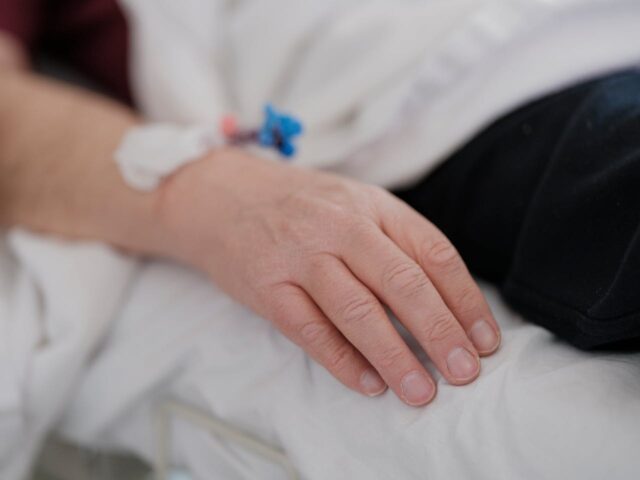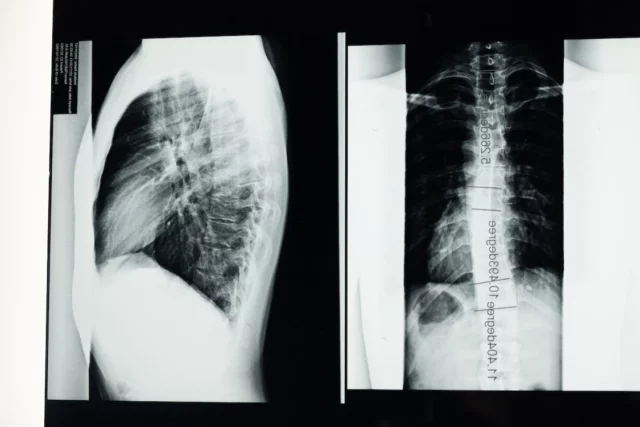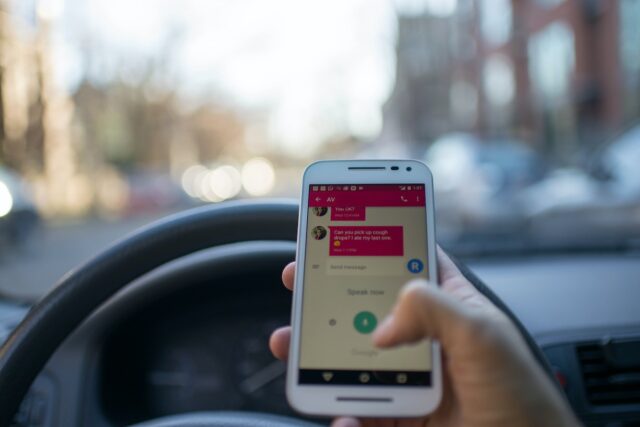 Over the past two weekends, Austinites received a shock when many downtown were left stranded at 2:00 a.m., unable to hail a ride home. They stood on the side of the street, arms held high in desperation as cabs passed them by, already filled with passengers. Those who were lucky enough to hail a cab grumbled at the steep prices. Many were faced with the choice of waiting around for hours or driving home, despite the number of drinks they had. What these Austinites had the misfortune of experiencing is the lingering effect of the controversial Proposition 1.
Over the past two weekends, Austinites received a shock when many downtown were left stranded at 2:00 a.m., unable to hail a ride home. They stood on the side of the street, arms held high in desperation as cabs passed them by, already filled with passengers. Those who were lucky enough to hail a cab grumbled at the steep prices. Many were faced with the choice of waiting around for hours or driving home, despite the number of drinks they had. What these Austinites had the misfortune of experiencing is the lingering effect of the controversial Proposition 1.
What is Prop 1?
When Uber and Lyft arrived in Austin, the quality of life for many Austinites significantly increased. Those without jobs and in need of some extra income had a way to make money. Those who didn’t want to wait hours for a cab had easy access to rides and parking downtown was no longer a requirement. However, an ordinance from the Austin City Council required these ridesharing services to abide by taxi regulations, including a fingerprint background check that runs through the FBI’s databases. Uber and Lyft threatened to leave the city in response. So, Prop 1 was created so that Austin residents could put it to a vote.
Uber and Lyft collectively poured $8.1 million into their campaign for Prop 1, but many thought their methods were too aggressive. Enraged by corporate bullying and badgering by questionably legal text messages sent from the apps, 56 percent of Austin voters rejected Prop 1, while 44 percent voted for it. Well, the ridesharing companies weren’t bluffing and as of May 9th, both suspended their services.
Will Drunk Driving Increase in Austin Again?
Travis County Sheriff Greg Hamilton asked the city council to reconsider what he called “onerous regulations” because ridesharing companies helped to decrease the number of drunk drivers in Austin. DWIs had, according to Sheriff Hamilton, been increasing from 2011 to 2013. However, the number of DWI arrests took a plunge in 2014, just after the arrival of ridesharing companies. The number of drunk driving accidents continued to fall in 2015, landing on a total of a 23 percent decrease. So, what is going to happen now that the two largest ridesharing companies are not around to alleviate drunk driving?
Vision Zero, a task force dedicated to reducing the number of traffic deaths to zero, has stepped in with a few proposals. However, many of the proposals fail to address the problem of increasing easy access to transportation for Austinites.
What are Some Alternatives to Uber and Lyft?
Without Uber and Lyft and better public transit options, and in light of the small supply of cabs and possibly little progress from the Vision Zero taskforce, Austin could be facing a future jump in the number of drunk driving accidents. Until some solution is created, either by the ridesharing companies themselves or through the city council, drivers should consider these alternatives:
• GetMe is an app that promises to cooperate with the ridesharing regulations in Prop 1 and will continue to operate. However, the company is trying to enlist more drivers, as wait times are high right now
• Wingz is a ride-hailing app that is partnered with Austin-Bergstrom International Airport. The app is promising to expand to other areas of Austin, as well
• CapMetro is an app that helps residents navigate the city bus or rail line
• HailaCab is Yellow Cab’s taxi hailing app with a similar interface to Uber and Lyft.






